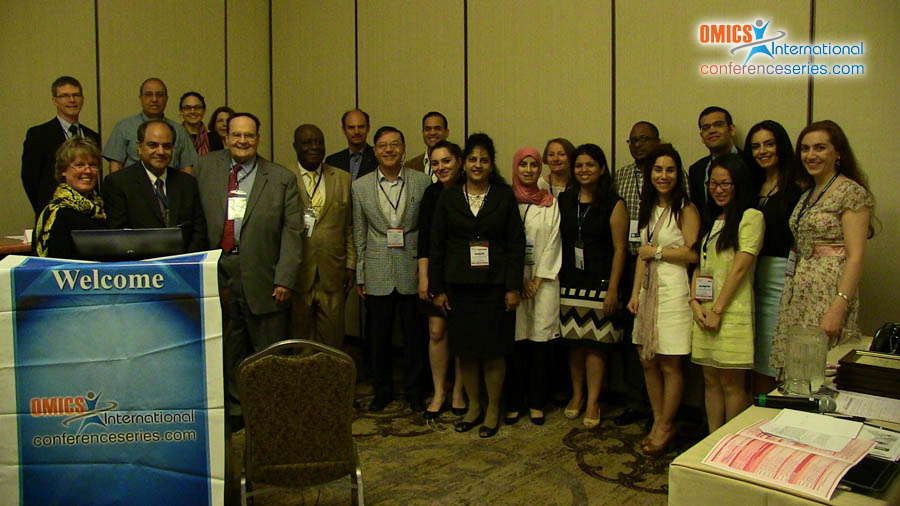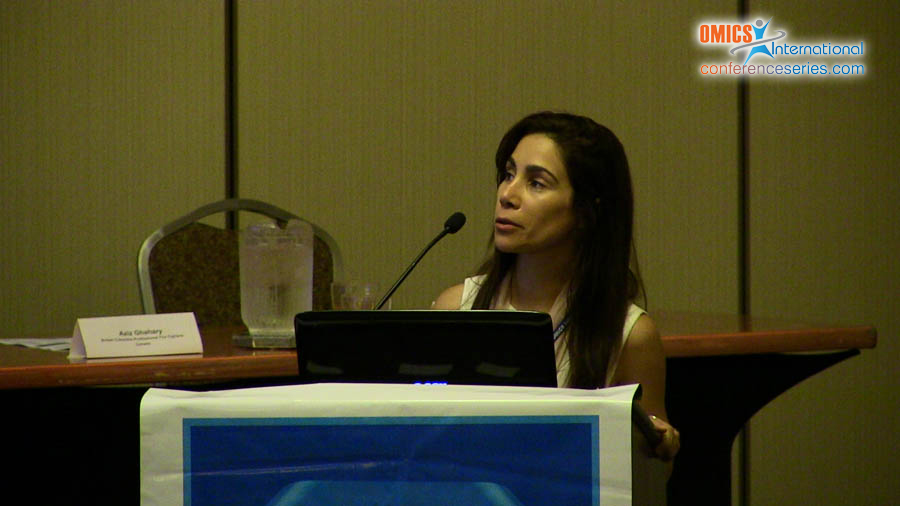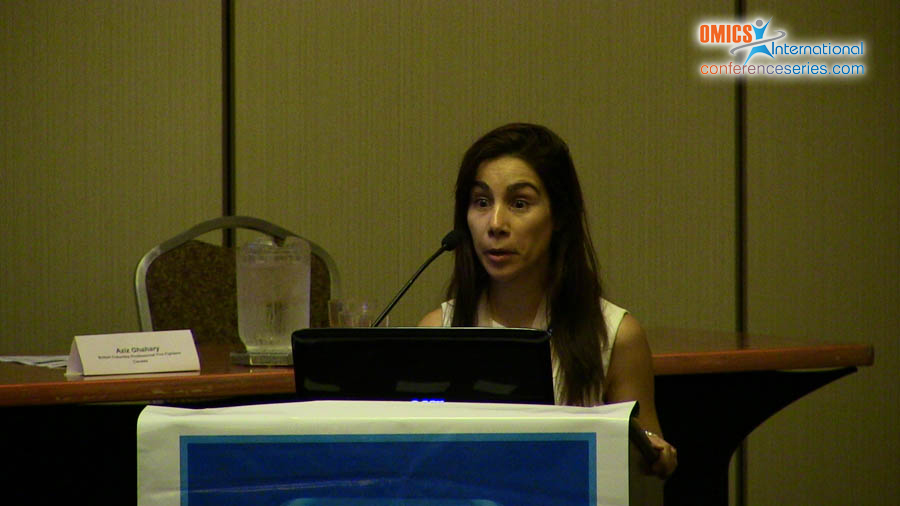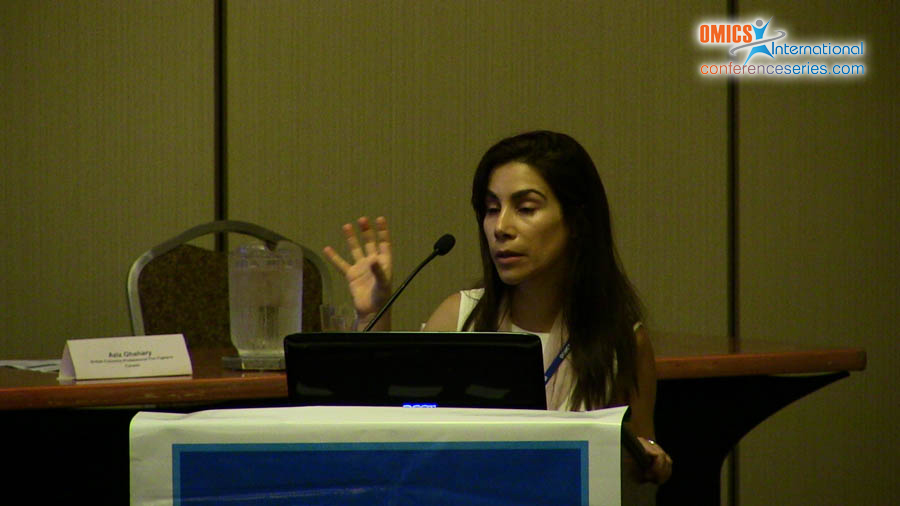
Andreia Ascenso
Universidade de Lisboa
Portugal
Title: Development, characterization and skin delivery studies of related ultradeformable vesicles: Transfersomes, ethosomes and transethosomes
Biography
Biography: Andreia Ascenso
Abstract
Introduction & Aims: Ultradeformable vesicles (UDV) have recently become a promising tool for the development of improved and innovative dermal and transdermal therapies with numerous advantages over the conventional delivery systems. The aim of this research work was to study three closely related UDV, Transfersomes (T), Ethosomes (E) and Transethosomes (TE) in different situations, such as a high, medium and low active incorporation efficiencies obtained with actives of distinct polarities (Vitamin E, Melatonin and Caffeine, respectively). Methods: The actives were incorporated in the three UDV formulations which characterization parameters corresponded to: the mean vesicles size and polydispersity index measured by photon correlation spectroscopy; zeta potential determined by laser-doppler anemometry; viscosity; deformability evaluated by pressure driven transport; active loading and entrapment yield determined by HPLC assay of each active before and after the separation of the non incorporated fraction by ultracentrifugation, and finally, incorporation efficiency in which the lipids assay was based on an enzymatic-colorimetric test. After this characterization, topical delivery studies were performed in order to compare the selected UDV formulations regarding the release, skin permeation and penetration profiles. Results: All UDV formulations showed size values within the expected range, except Transethosomes prepared by method A (“transfersomal” method), which size was less than 100 nm in contrast to what happened in method B (“ethosomal” method). Zeta potential was negative and higher for formulations containing sodium cholate. The Incorporation Efficiency was much higher for Vitamin E than Caffeine –loaded UDV as theoretically expected attending to the respective Log P. In general, it was obtained the following order for UDV flux: TE > E ≥ T. This result was consistent with the release and skin penetration profiles for Vitamin E- loaded UDV. However, the results were totally the opposite for Caffeine-loaded UDV, which might be explained by the solubility and thermodynamic activity of this active in each formulation instead of the UDV deformability attending to the higher non incorporated fraction of Caffeine. Conclusion: Attending to the results obtained, Transethosomes are more deformable than Ethosomes and Transfersomes due to the presence of both ethanol and surfactant in their composition. These UDV are suitable for a deeper skin penetration.




